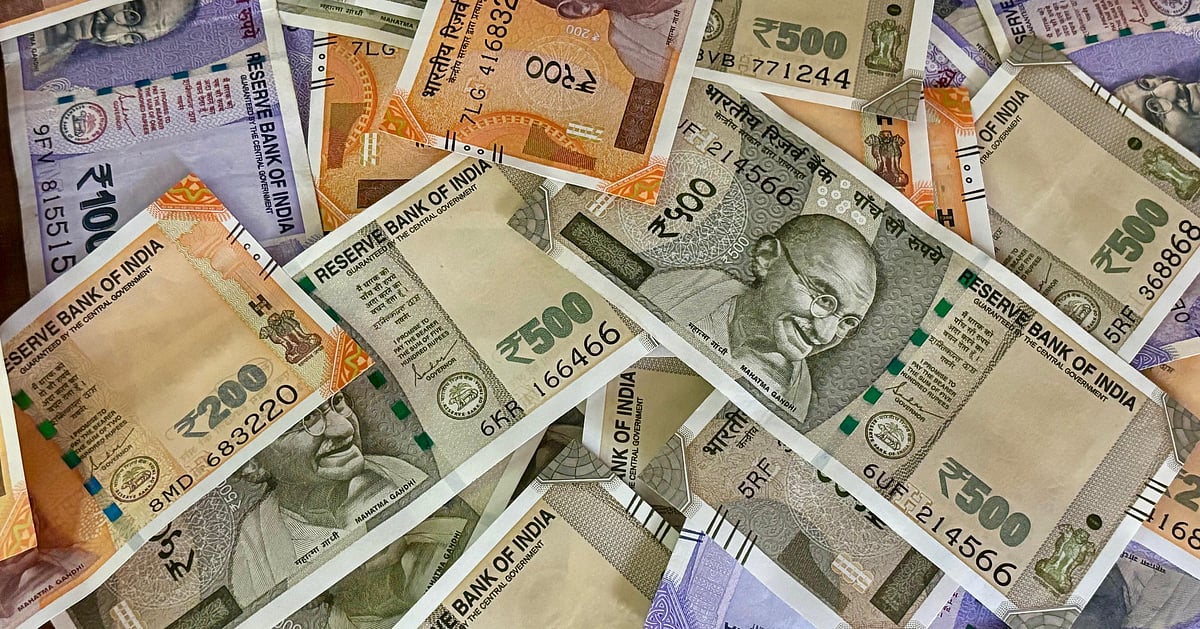The Indian rupee began trading at 85.88 per dollar on Tuesday, showing a slight decline of 4 paise from the previous day’s closing rate of 85.84. This modest dip comes after a significant drop in the prior session, influenced by escalating global trade tensions and fluctuating market sentiments. As concerns over international trade intensify, investors are becoming increasingly cautious.
Market Dynamics Affecting the Rupee
On Monday, the rupee faced a hefty decline of 60 paise, reflecting broader pressures on equity markets across Asia and various currencies. The dollar index has softened to 102.96, while Brent crude oil saw a modest recovery, rising by 1.12% to $64.93 per barrel, following a steep drop to a four-year low.
Trade Tensions and Investor Sentiment
Investor sentiment has soured, particularly after U.S. President Donald Trump indicated potential new tariffs on Chinese imports if China does not reconsider its 34% duty on U.S. exports. This threat of escalating trade conflicts has driven many investors towards safer assets, such as the Japanese yen and the Swiss franc, even as U.S. 10-year Treasury yields climbed to 4.17%.
Expert Insights on Rupee Forecast
Anil Kumar Bhansali, the Head of Treasury at Finrex Treasury Advisors LLP, provided insights into the rupee’s expected performance. He stated, “The rupee is likely to trade within a range of 85.60 to 86.20 today.” Exporters might consider selling cash or nearby exports while hedging at the 86.00 level. Conversely, importers might find it beneficial to wait for a 85.00 hedge opportunity.
Moreover, Bhansali noted, “The rebound in equities yesterday may have provided some support for the rupee, and it’s likely that the Reserve Bank of India intervened by selling dollars to stabilize the currency.” Over the next month, he anticipates that the rupee could fluctuate between 84.50 and 86.50.
Strategic Hedging Recommendations
To manage currency exposure, exporters are advised to hedge around the 86 mark to safeguard costs, while importers should ideally wait for the 85.25 level before hedging further.
In summary, the Indian rupee is navigating a complex landscape influenced by global trade issues and market volatility. Stakeholders should stay alert to fluctuations and consider strategic hedging to mitigate potential risks.











